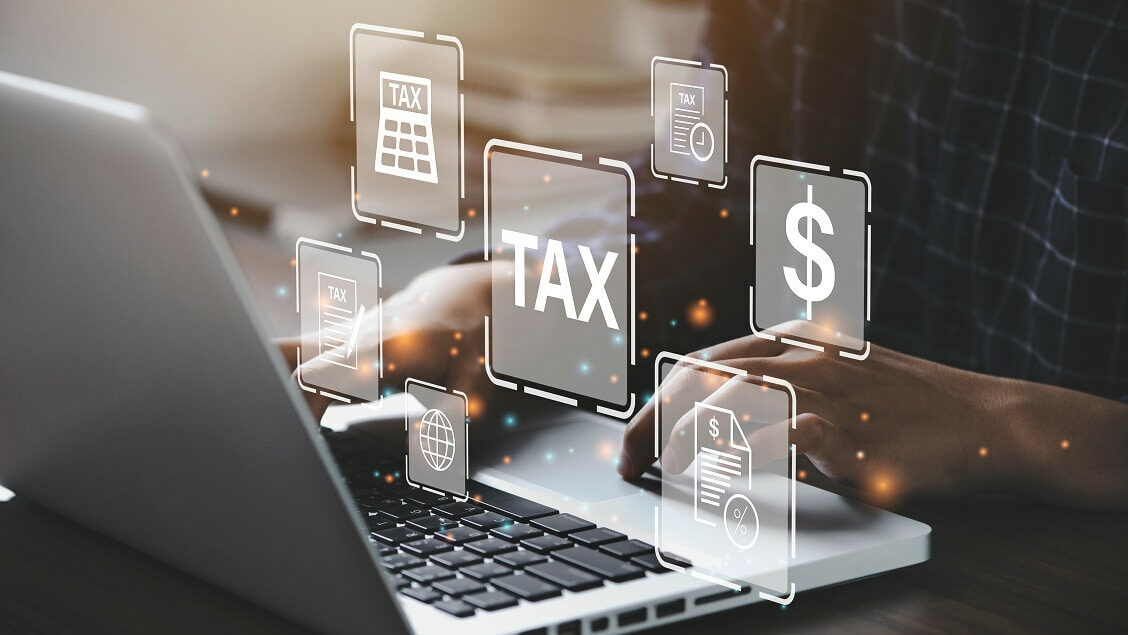Note: If you’re on the other side of the client-freelancer relationship, here’s how to do taxes as a client hiring a freelance developer.
As Benjamin Franklin once said, “Nothing in this world can be certain, except death and taxes.” Taxes are an inevitable part of doing business, even as a work-from-home software developer working as a freelancer. At the end of the day, the government will get its due.
If you were a regular employee working at the office of a company with a traditional employment relationship, your taxes would be pretty clear-cut. However, as a freelance software developer, it might not be as easy as simply filing a W-2 and calling it a day.
In this post, we’ll walk through how US-based freelance developers working can file taxes on engagements involving freelance services.
For freelance developers, we’ll look at: when taxes are filed, what the minimum income is to necessitate filing, what forms need to be filled out, what the self-employment tax is, and what the state income tax rate is across the board.
Read on to have your freelance tax filing questions answered!
Looking to hire the best remote developers? Arc can help you:
⚡️ Get instant candidate matches without searching
⚡️ Identify top applicants from our network of 350,000+
⚡️ Hire 4x faster with vetted candidates (qualified and interview-ready)
Try Arc to hire top developers now →
How to File your Freelancer Taxes
Do I have to file taxes?
If you’ve made over $400 as a freelance developer, you need to fill out a W-9 for your client and report the income on your federal and state income taxes. Your client will provide you with a 1099-MISC to file with your state tax bureau, and you will file a 1040 with the IRS. You will also pay a 15.3% self-employment tax.
In addition, if you expect to make more than $1,000 in self-employment/independent contractor taxes after withholdings, you will need to make quarterly payments on your estimated taxes, which we’ll explain in greater detail below.
When is the filing deadline?
The federal and state tax deadlines are April 15th. If you expect to owe more than $1,000 in self-employment taxes after all other withholdings, you may have to pay quarterly taxes toward your self-employment tax every three months.
The deadlines for quarterly self-employment taxes are January 15th, April 15th, June 15th, and September 15th. If you fail to pay your self-employment taxes on or before those dates, you may receive a penalty.
Read More: Decoding Professional Liability Insurance: Guide for Freelance Developers

Arc is the best place to find great remote jobs. Find great remote jobs at top startups and tech companies. Freelance and full-time remote opportunities are available.
Sign up here
What is the cutoff amount for tax filing?
The cutoff for filing income tax on your freelance activities is $400.
What do I need to do to file taxes?
If you’re a US-based freelance developer subject to US taxes, you need to fill out a W-9 to give your client so that they can file a 1099-MISC on your behalf and furnish you with a copy that you then use to file your 1040. As a freelance developer, you need to file federal and state taxes.
If you’re a freelance developer not based in the United States, you’ll need to fill out a W-8BEN so that your US-based client may be excused from withholding 30% of your payment.
How do I report Form 1099-MISC?
You can include income from the 1099-MISC on your 1040. This is generally done by filling out Schedule C, Profit or Loss From Business, then transferring the net earnings to Line 12.
What happens if I don’t report a 1099-MISC?
If you receive a Form 1099-MISC but don’t report it on your tax returns, you could potentially receive a penalty that is 20% of your underpayment (a penalty for not paying your taxes) in addition to the taxes you owe.
For example, let’s say your regular tax liability is 15% and you made $1,000 as a freelance developer, received a 1099-MISC, and failed to report it on your 1040. If the IRS found out, you would be on the hook for the 15% in taxes you owe ($150) plus a penalty of 20% ($150 x 20% =$30), for a total of $180, for not reporting your 1099-MISC.
Read More: Remote Latin American Developers 2.2X Income Via Global Work
What is a Self-Employment Tax?
As a freelance developer, you are subject to a 15.3% self-employment tax on top of your normal tax bracket obligations. The self-employment tax is comprised of Social Security and Medicare taxes that, as a regular employee, would be deducted from your paycheck. However, because you’re self-employed, you pay both the employer and employee parts of your Social Security and Medicare taxes.
Social Security accounts for 12.4% of your self-employment tax, and applies to the first $118,500 of your earnings. Anything you earn past that is not taxed.
Medicare makes up the remaining 2.9% of the tax. There is no ceiling for this 2.9% tax, whether you make $20,000 or $200,000 from freelancing, you will pay 2.9% of your income towards Medicare taxes.
That being said, you can claim 50% of what you pay in self-employment tax as income tax deduction. Other deductions can include software costs, hardware costs, a percentage of internet bills, unpaid invoices, and home office space (if your home office is used exclusively for your freelance engagements).
As mentioned earlier, if you expect to pay more than $1,000 in self-employment taxes after all other withholdings, you may need to pay quarterly payments on your taxes.
To estimate how much to pay, take your total revenue, deduct expenses and deductions, and come up with your taxable income. Calculate your tax liability, divide that number by 4, and submit your quarterly payments (January 15th, April 15th, June 15th, and September 15th) online, through the Electronic Federal Tax Payment System.
If you have taxes that were not covered by your quarterly payments, you’ll pay the balance when you file your annual tax return in April. If you overpaid, you’ll receive a refund. If you underpaid and did not make quarterly payments, you may face a penalty from the IRS.
State by State Tax Rate
As a freelance developer, keep in mind that you owe federal, state, and self-employment taxes (if your income was over $400). Thus, what taxes you owe will depend on your federal tax bracket as well as what state you live in.
If you’re from certain states, such as Wyoming, Nevada, South Dakota, Florida, or Texas, you don’t owe any additional state taxes. Otherwise, google the information to understand and properly estimate your state taxes for the next year!
Read More: How to Negotiate Your Salary as a Remote Developer (Pre-Hire & Raise)
Conclusion
While tax forms may seem overwhelming at first, with preparation and some research, filing taxes correctly and on time (to avoid penalties) is not as intimidating as it seems.
The IRS has information and resources available on its website, and if you don’t have a CPA, they can also walk you through the steps if you require additional help.
You can also explore HireAI to skip the line and:
⚡️ Get instant candidate matches without searching
⚡️ Identify top applicants from our network of 350,000+ with no manual screening
⚡️ Hire 4x faster with vetted candidates (qualified and interview-ready)








